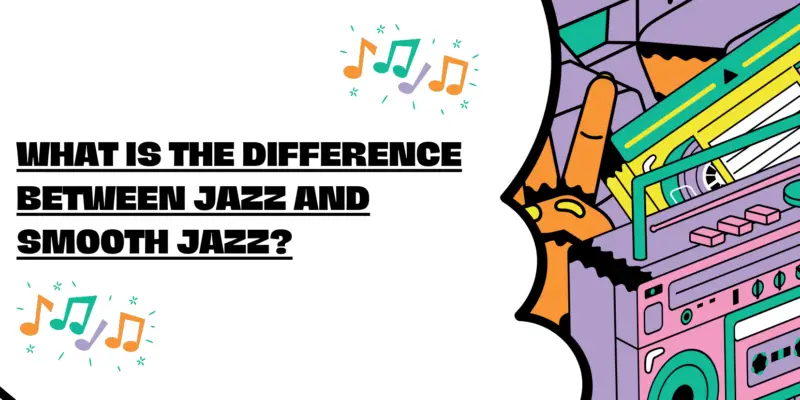Jazz, as a genre, has a rich and diverse history with various subgenres that cater to different tastes and preferences. One such subgenre is “smooth jazz.” While both jazz and smooth jazz share common roots, they have distinct characteristics that set them apart. In this article, we will explore the key differences between jazz and smooth jazz.
Jazz: A Brief Overview
Jazz is a genre of music that originated in the early 20th century in the United States, primarily within the African American communities of New Orleans. It is characterized by its improvisational nature, syncopated rhythms, and complex harmonies. Jazz often features instrumental solos and ensemble performances, allowing musicians to express themselves through improvisation.
The Diversity of Jazz
One of the defining features of jazz is its diversity. Jazz can encompass a wide range of styles, including traditional jazz, swing, bebop, fusion, and more. Each of these subgenres has its unique characteristics and is associated with different eras and prominent musicians.
Smooth Jazz: A Subgenre Emerges
Smooth jazz emerged as a subgenre of jazz in the late 1970s and early 1980s. It was influenced by jazz fusion, R&B, and pop music, and it aimed to create a more accessible and commercially appealing style of jazz. Smooth jazz is known for its mellow and soothing sound, often featuring polished production and a focus on melodic hooks.
Key Differences Between Jazz and Smooth Jazz
- Complexity vs. Accessibility:
- Jazz is renowned for its complex harmonies, intricate rhythms, and challenging improvisations. Musicians often push the boundaries of their instruments, resulting in virtuosic performances.
- Smooth jazz, on the other hand, prioritizes accessibility and mass appeal. It simplifies the harmonic structures and often relies on catchy melodies that are easy to listen to.
- Instrumentation:
- Jazz typically features a wide variety of instruments, including saxophones, trumpets, pianos, bass, and drums. It emphasizes instrumental solos and improvisation.
- Smooth jazz often places a strong emphasis on electronic keyboards, synthesizers, and electric guitars. While instrumental solos are still present, they tend to be smoother and less technically demanding.
- Rhythms:
- Jazz frequently employs complex syncopated rhythms, creating a sense of energy and unpredictability in the music.
- Smooth jazz tends to have a more straightforward and steady rhythm, contributing to its relaxed and laid-back feel.
- Commercial Appeal:
- Jazz has a diverse audience and is appreciated for its artistic and intellectual depth. It may not always have the same level of mainstream commercial success as smooth jazz.
- Smooth jazz is designed to have broader commercial appeal, often appearing on radio playlists and in settings like restaurants and elevators.
Conclusion
In summary, while both jazz and smooth jazz share their origins in the jazz tradition, they have distinct characteristics and appeal to different audiences. Jazz is celebrated for its complexity, improvisation, and instrumental virtuosity, while smooth jazz offers a more accessible, melodic, and relaxing listening experience. Ultimately, whether you prefer the intricate melodies of traditional jazz or the smooth and soothing sounds of smooth jazz, both genres contribute to the rich tapestry of jazz music and offer something unique to music lovers everywhere.


